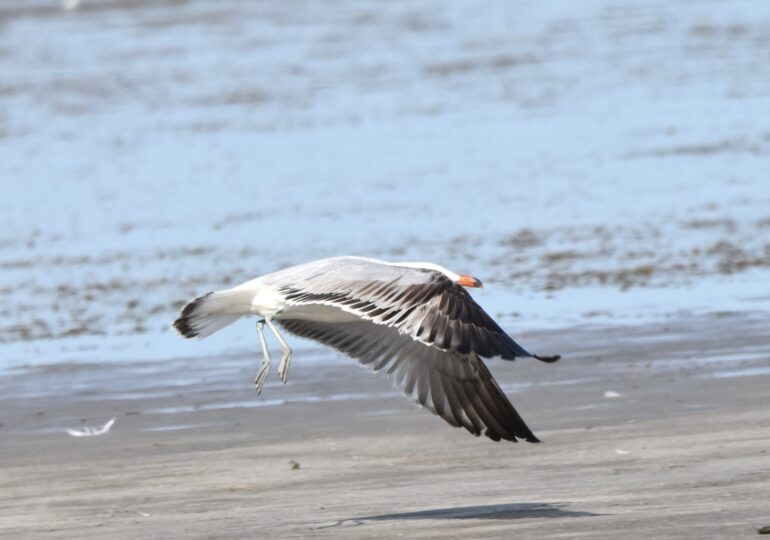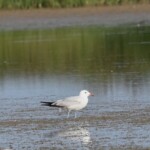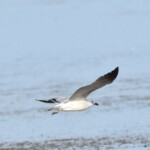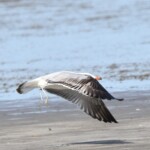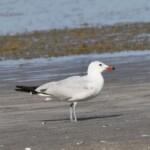A new species has been observed on Lake Tătaru in Brăila County, Romania, where a Mediterranean gull has been identified, as reported by the Romanian Ornithological Society (SOR).
Larus audouinii is a gull characteristic of countries around the Mediterranean and the north-western coast of Africa.
It has a red beak, bluish-gray legs, and a very light gray back.
„At the end of two days in the field during which he participated in the placement of new artificial nests for Danube falcons, on his way home, our colleague Ciprian Fântână identified a species never seen in Romania before.
Larus audouinii is a gull characteristic of countries around the Mediterranean and the north-western coast of Africa.
Like almost all other gull species (over 50), it is found in aquatic areas, although it prefers marine shores, and is a piscivore (feeds on fish), but also an opportunistic omnivore (consumes any organic matter it finds - insects, crustaceans, plants, etc.)", as stated in an article posted on the SOR website.
Gulls are among the most difficult bird species to identify in the field, and there are numerous books dedicated to differentiating one gull from another.
The difficulty arises from the very similar plumage in different species, the fact that it varies depending on the bird's age and season, but also from the very high variability of plumage within the same species.
"The species is classified as vulnerable according to IUCN criteria, as in the last 10 years the number of individuals has decreased by over 50%. The population decline was caused by the very small number of chicks that reached maturity in the largest colony of this species, the main culprits being terrestrial predators and the decrease in food resources," mentioned SOR.
The appearance of an accidental species, meaning outside the known range, can be a first sign that the species is expanding, but "it is not sufficient to draw conclusions" regarding the distribution extension.
"The bird species newly observed here in recent years (and they are not few!) do not necessarily reflect a better state of habitats, but rather a sign of the increasing number of specialized observers (amateurs or professionals), the increasing accessibility of optical instruments necessary for birdwatching (and capturing), the increasing availability of time and resources of those who have this passion and/or profession, and, why not, the efficiency of communication between those who can confirm, verify, and share the joy brought by the unusual," as stated by SOR.

